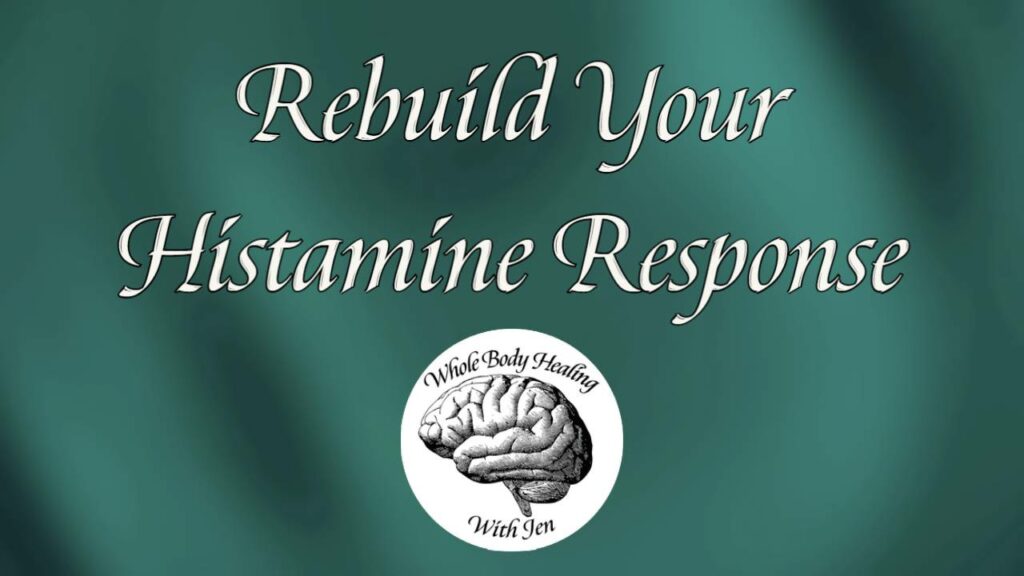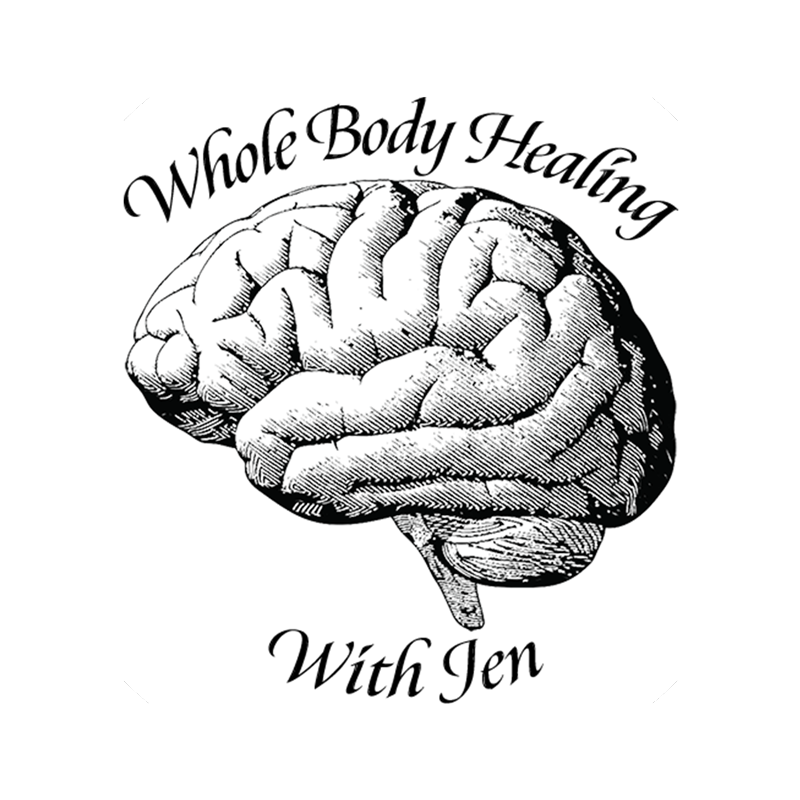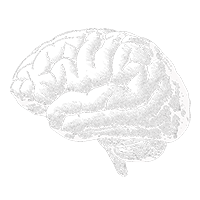To People Who Say “I’ve Tried Everything- I Just Don’t Heal”! Here’s Why What You Tried Didn’t Work…
I’ve heard it many times. “I’ve tried EVERYTHING, and nothing works. I just keep getting sicker.” I get it! You’ve tried all the popular diets, supplements, and probably even dabbled in some “woo” energy healing or other alternative approaches. You see other people getting better and you are left in despair, wondering why you didn’t see results. When one approach after another creates no significant difference in your symptoms, your pessimism heightens, and pretty soon resigning yourself to lifelong illness seems easier than the constant work and inevitable disappointment. This feeling of defeat is crushing.
But I’m here to let you in on a secret! I’m a Nutritional Therapy Practitioner (NTP), Gut and Psychology Syndrome Practitioner (GAPS Certified Practitioner), and I refused to give up when my chronic illness become debilitating and all consuming. Mast cell activation syndrome, dysautonomia, and chronic fatigue are no joke. But I had profound faith that if my body was support properly, I would heal. In my years of research, trial and error, and extensive training, I have been able to pinpoint the reasons why what people try “doesn’t work”. There are common mistakes that cause people major obstacles- and I’m here to explain what those are.
While there are too many things to list in a short article that could be impeding your healing, I’m going to list the major factors that I see most frequently affecting progress. Experimenting with these elements would be an excellent way to budge your healing work forward if you are feeling stuck.
1. Time and Discipline
Honestly, this is the most frequent issue I see. The first thing I ask when someone says they tried a therapeutic diet and it didn’t work is, “How long did you do it for, and how strict were you?” Very frequently, people will report timelines of under a month or two- or a longer timeline but admit that there were definitely “exception” meals here and there, especially around holidays or emotional events. The truth is, the body does not run at the pace of our modern life. We have become so accustomed to instantaneous results. We get a headache, we take a pill, and the headache gets better. We get injured, we go into surgery, we fix what is wrong. We get an infection, we take antibiotics, and the infection is gone.
Except when it doesn’t work. Quick acting, symptom suppressing western medicine can be wonderful and effective at times- but for chronic conditions you have probably found it lacking. You take the migraine medication and nothing happens. You get injured in the same place you had knee surgery on last year. The antibiotics create a cascade of digestive and mood problems for years later.
If you are deciding to take another approach, you cannot assume that it will follow the same framework. A month or two is not enough time for a holistic approach to make significant change. When working at the root cause, the body heals slowly. It takes its time. It is healing from the cell up- and that is complex, heavy work. Patience is key. Changes will unfold over many months- even years. Staying 100% consistent for a significant chunk of time, from 6 -24 months, actually ensures that you will have more flexibility and ease in your diet and lifestyle long term. The hard work and focus will pay off, and you will not be stuck dabbling in this treatment and that treatment, fighting constant disappointment and discouragement forever.
2. Starch- Bacteria’s Favorite Food
Many therapeutic diets are effective because they address significant imbalances in the microbiome. Opportunistic pathogens feed on the starch that we eat in our diet. This includes obvious things that many people know they will have to eliminate on a therapeutic diet, such as refined sugar, but it also includes natural sugars such as maple syrup and coconut sugar, grains and legumes such as corn, rice, quinoa, and chickpeas, and starchy vegetables such as cassava, tapioca, potatoes, yams, sweet potatoes, parsnips, turnips, Jerusalem artichoke, and burdock root.
If something happens to imbalance our microbiome, such as exposure to antibiotics, unfiltered water, pesticides, and many other possibilities, opportunistic pathogens can begin to overgrow. Imbalances in the microbiome can create a myriad of mental and physical symptoms that can range of annoying (such as seasonal allergies) to debilitating (such as autoimmunity and mood disorders). Especially for people experiencing more severe chronic illness, the little bugs are stubborn, and they will hold onto life with the slightest amount of fuel. Even if you are 100% compliant to a therapeutic protocol EXCEPT for one bite of potatoes once a week or once a month, you can do that for a year and you still will not eliminate significant amounts of pathogens because they will continue to be fueled by that smallest bit of starch in your diet. This includes eating things that have been cured or sweetened by food starch, dextrose, maltodextrin, the under one gram of sugar in conventional bacon, etc. To trigger a significant change in the microbiome, you must be diligently starch free for at least 3 months and sometimes up to 2 years, depending on the severity of your symptoms.
Does that mean starch is always bad? Absolutely not. Starch is also wonderful in that it actively feeds good bacteria as well as the bad. We need a healthy population of bacteria for a healthy mind and body. Once your microbiome is rebalanced, you can enjoy moderate amounts of starch in your diet and it can actually be beneficial to your health. This is one reason why being very diligent about your healing work now can provide you with far more flexibility in the long term.
3. Therapeutic, Nutrient Dense Foods and Supplements
Sometimes it’s not just what you take out- it’s also what you put in. There are certain traditional foods that are used in many cultures around the world for their profound healing effects. Much of this is related to the density of nutrients and unique compounds present in those foods. Including these regularly in your diet can accelerate your healing process, filling in the gaps where there may be potential vitamin, mineral and amino acid deficiencies. Most of these are animal based foods, which contain more nutrients per calorie than any other foods. However, even with a nutrient dense diet, some people have such severe deficiencies that they do need to supplement short term. Very targeted supplementation with high quality supplements can be a game changer for some people.
4. Plant Toxins
Let’s face it: most plants don’t want us to eat them! As a result, many have chemical defense mechanisms to make sure we don’t eat too many of them at once. Unfortunately, most humans have lost our instincts around this! In addition, immune sensitivities make us more susceptible to the toxic effects of these compounds. Even in your “therapeutic diet”, you may be consuming plant compounds that your body is having an inflammatory immune response to without you realizing it. Although it can be dizzying to learn about, keep track of, and intentionally reduce consumption of higher toxin plant foods, it can be a key missing piece for some people’s health journey. That is why all my protocols take into account lectins, oxalates, glutamate, salicylates, and histamines, all of which can be a key missing piece to support your healing potential.
5. Mindset
Your body must be in a parasympathetic state to repair tissue and detoxify itself. In more basic terms, this means that in order to heal, your body must sense that it is in a safe place where it can be calm, turn inward, and not be preoccupied with immediate survival needs.
Many things can trigger our body out of a parasympathetic (calm) state and into a sympathetic (stress) state. An overly busy schedule, negative or hostile social relationships, and chronically negative thought patterns or beliefs about yourself, your body and the world are all examples. You can do everything perfect in the realm of nutrition, but if you are not managing your daily schedule, close relationships, and mindset, it may not lead to the healing results you are after.
Prioritizing a slower pace of life, surrounding yourself with supportive people, and framing your healing work in a positive (I get to do this to reclaim my health!) versus a negative (I should do this even though I’m dreading it) manner are all often overlooked keys to success.
Even if it feels like you’ve tried everything, there is hope. There may be specific obstacles that are blocking progress in your healing journey- you just have to identify what those are. Don’t give up yet! Just dismissing the power of nutritional interventions with “I’ve tried that” is overlooking important potential factors at play. How did you try that? And might there be another way to try that- with a little more focus, intention, and individualization. I encourage you to reach out to a professional for extra guidance. Incredible things can happen when you give your body exactly what it needs. Given the right tools for the right amount of time, healing is always possible.
Watch my video below for more information! When you are ready, make sure you visit my Histamines and Mast Cells page to learn more.



